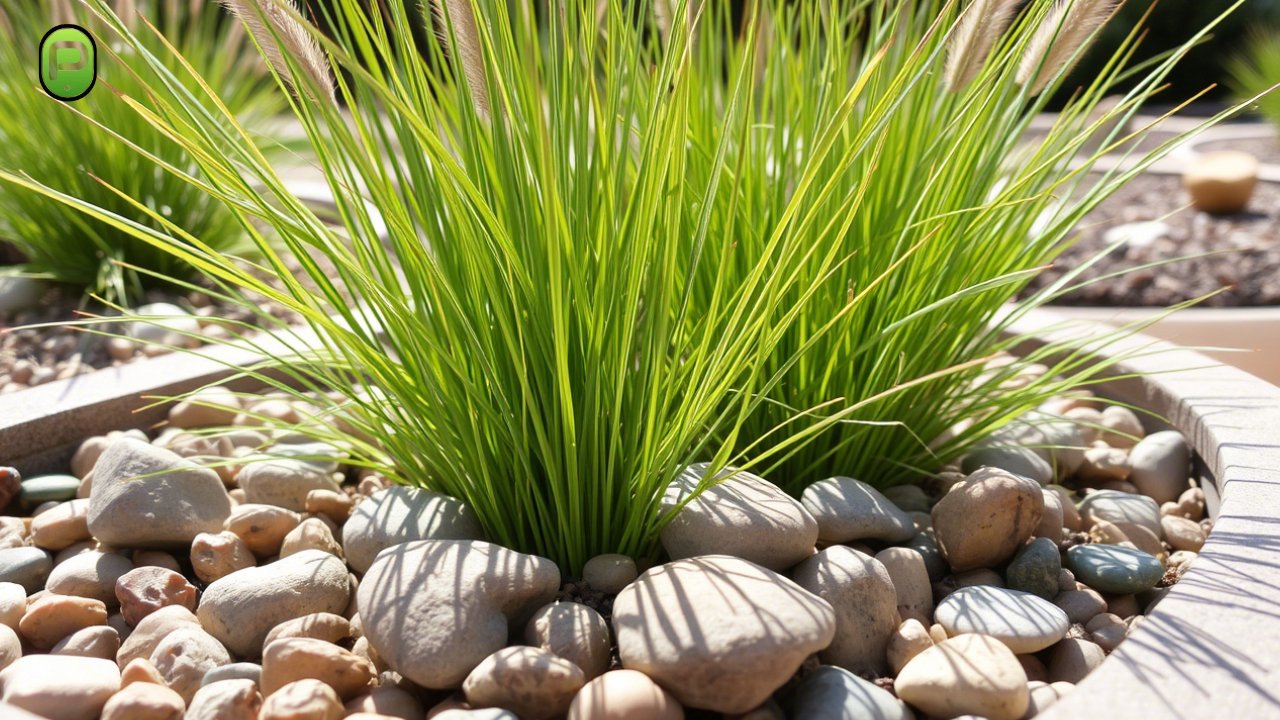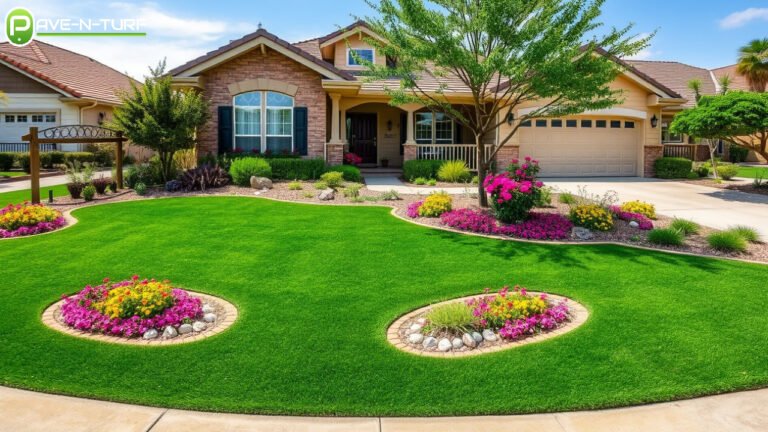The Best Decorative Rocks to Pair With Native Grasses

Introduction
Native grasses add texture, movement, and regional character to any yard. But when you pair those grasses with the right Decorative Rocks, your landscape elevates to another level. Rocks add color contrast to the scene, improve drainage while minimizing long-term maintenance, all while letting your grasses – with their birds of feather – take the spotlight. In this guide, we’ll explore how to select Decorative Rocks, place Decorative Rocks, and maintain Decorative Rocks so that both elements can live in harmony for years to come.
Why Decorative Rocks and Native Grasses Are a Dream Combo
As native grasses evolved for your climate, they require less water and fertilizer. Decorative Rocks enhance this eco-friendly feel because they also deter weeds and prevent irrigation run-off. Together, native grass and Decorative Rocks form a landscape that looks good and works together in every sense of the word.
Visual Contrast With Decorative Rocks
Fine-textured grass blades seem softer in the context of rough stone. Choose angular river stones or softly rounded pebbles, either way the grasses are able to sway while the Decorative Rocks stay still, anchoring the scene.
Heat Regulation
Light-colored Decorative Rocks reflect sunlight, keeping soil temps down on scorching days. That helps shallow-rooted native grasses avoid heat stress.
Choosing the Right Decorative Rocks for Your Region
Color Palette Matters
Grasses like Little Bluestem turn copper in fall; slate-gray Decorative Rocks make that color pop. If your grasses stay emerald, consider buff-tan limestone chips for subtle warmth.
Stone Size and Function
- Pea gravel (¼-inch) tucks neatly between stepping stones.
- One- to two-inch river rock stabilizes slopes where rain might wash lighter fines away.
- Large 6-inch cobbles anchor focal points and stop foot traffic in fragile areas.
Local Sourcing Cuts Carbon
Selecting quarried-nearby Decorative Rocks trims transport emissions and meshes visually with regional soil tones.
Installation Tips for Blending Decorative Rocks and Grasses
1. Edge first – Place some steel or recycled-plastic edging to hinder the gradual migration of Decorative Rocks into turf or into the mulch edge.
2. Weed fabric only where needed – Use breathable fabric if you can’t control aggressive weeds; otherwise, eliminate it to allow rainwater to reach grass roots.
3. Layer it right – Fill a 2-inch base of crushed fines and place the Decorative Rocks as the finish layer. Decorative Rocks layer thicker than crushed fines is more stable and allows draining and placing crushed fines below provides a drainage layer level.
Pro tip: Leave a grass buffer zone by tucking the grass plugs 6 -8 inches back from the edge of the rocks. This saves you from the suffering of strawgrass down the rocks edge and looking like a hamster!
Maintenance Made Simple
- Blow, don’t rake. A leaf blower clears debris without scattering your Decorative Rocks.
- Top up annually. Wind and foot traffic thin stone layers; add one bag each spring to keep coverage even.
- Spot weed promptly. A single dandelion can seed hundreds pluck offenders before they spread.
Most homeowners report spending under 20 minutes a month keeping their Decorative Rocks and grasses tidy a fraction of the time a conventional lawn requires.
Design Ideas to Inspire Your Rock-and-Grass Landscape
- Meadow Pathway – Line a crushed-stone walkway with tufts of prairie dropseed; the grasses soften foot traffic while the Decorative Rocks keep shoes clean.
- Rain Garden Rim – Use rounded river cobbles to edge a swale planted with switchgrass. The rocks slow stormwater; the grass filters runoff.
- Modern Grid – Alternate 24-inch concrete squares with pockets of blue fescue and white quartz pebbles for a crisp, contemporary look.
Each layout showcases how thoughtfully placed Decorative Rocks can elevate humble native grasses into design statements.
while native grasses deliver movement and habitat value, they shine brightest with solid partners beneath and around them. Enter decorative landscaping rocks, which provide structure, cut down weeds, and accentuate seasonal color swings. In fact, many landscape pros pair stone ribbons with Landscape Paversto define seating nooks or fire-pit zones without overwhelming natural plant swaths.
When you calculate life-cycle costs, Decorative Rocks often beat bark mulch. They don’t decompose, invite fewer pests, and when chosen for local availability require little carbon to haul. That said, don’t feel locked into river rock alone. Crushed granite, recycled brick chips, or even tumbled glass can act as eye-catching stone mulch, provided they contrast (not clash) with your chosen grasses.
Remember, the goal isn’t to carpet every inch with stone. Let bands of soil breathe, encourage beneficial insects, and give roots elbow room. If you’re unsure, start small: edge one planting bed with a two-foot ribbon of Decorative Rocks, then observe how shadows and textures interplay through the seasons. Odds are you’ll soon expand the motif and wonder how you ever lived with plain turf.
Conclusion
Pairing native grasses with Decorative Rocks isn’t merely a design trend; it’s a low-maintenance, eco-savvy choice that pays visual and environmental dividends year after year. By selecting climate-appropriate stone size and hue, installing smart edging, and adopting a light-touch maintenance routine, you’ll enjoy a landscape that looks curated yet feels effortless. So grab a shovel, choose your stones, and let those grasses sway your sustainable, stunner of a yard awaits.
FAQ – Pairing Decorative Rocks With Native Grasses
Q1: Do Decorative Rocks raise soil temperature too much for grasses?
Only if you choose dark stones in full sun. Opt for lighter hues, or add a thin compost layer under rock to insulate roots.
Q2: Will rocks shift over time on a slope?
Install a stabilizing grid or choose heavier angular stone. Both methods keep Decorative Rocks locked in place during heavy rain.
Q3: Can I mix mulch and stone in the same bed?
Yes use bark mulch around young grass crowns and Decorative Rocks along paths. Transition zones look natural and aid drainage.
Q4: How often should I replace or wash the stones?
Quality Decorative Rocks last decades. A quick hose-off each spring freshens color; full replacement is rarely needed.






